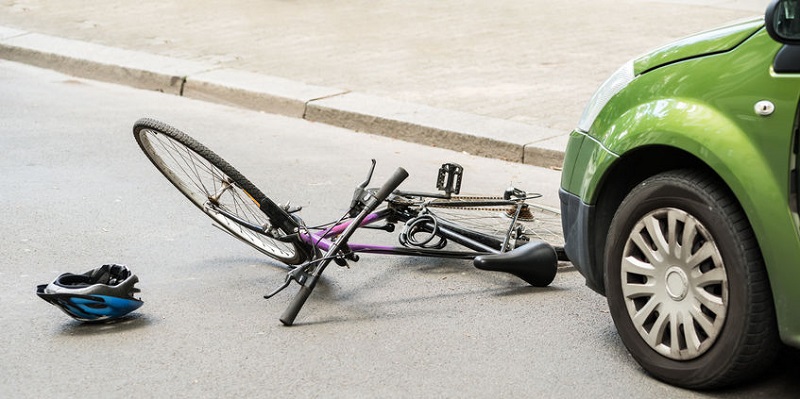Colorado accidents involving bicycles and motor vehicles are often the result of negligence by the operator of the automobile, the cyclist, or both.
Cyclists Have Same Obligations as Other Drivers
Bicycles meet the definition of a vehicle in many states, which means that those riding bicycles are bound to the same rules of the road as drivers of automobiles and motorcycles. Under Colorado law, every person riding a bicycle has the same rights and duties as the operator of a motor vehicle and is required to comply with applicable local ordinances.
Accidents involving bicycles and motor vehicles are often the result of negligence by the operator of the automobile, the cyclist, or both. Fault must be determined if the injured parties are to receive compensation for their damages.
How is fault determined?
Liability in bicycle accidents is often determined by which vehicle had the right of way. When two vehicles head toward an intersection and no traffic signal is present, the right of way usually belongs to the vehicle that arrives first. If they both get there at the same time, the one to the right has the right of way. If the intersection includes a major street and a minor street, traffic on the major street has the right of way.
When a traffic signal is present, the signal determines the right of way, although sometimes the sensor cannot recognize that a bicycle is present. If this happens, the cyclist should move slightly toward the sensor, wait until it is safe to cross against the light, or cross at the crosswalk.
If a bicycle fails to yield to a car in an intersection and causes an accident, the bicyclist will typically be considered at fault. In some states, if the cyclist does not come to a complete stop at an intersection and an accident results, he may be barred from any recovery in a personal injury case, even if the driver of the car is largely responsible for the accident. In May 2018, the Colorado General Assembly passed a provision that allows communities within the state to legalize the “rolling stop,” a common practice that is legal in states like Idaho, where bicyclists are permitted to roll toward a stop sign without coming to a complete stop.
Other Bicycle Laws in Colorado
Bicyclists should always ride with traffic in the right-hand lane, as close to the right curb or edge of the road as possible, except when negotiating a left turn, passing a slower vehicle, or when a road hazard is present. Riding against traffic is not only a violation of the law, but it is also dangerous, to blame for many bicycle accidents, and the cause of many serious and even fatal injuries.
There are no laws in Colorado that require cyclists to wear helmets or forbid them from talking on their cell phones while they are riding. It is legal for bicyclists to ride two abreast, as long as they do not disrupt the normal flow of traffic. Cars, and their mirrors and trailers, are required to allow at least three feet of space when passing a bicycle.
If you suffered serious injuries in a bicycle accident, contact Colorado attorney Dan Rosen for a free consultation to discuss your options for recovery.

